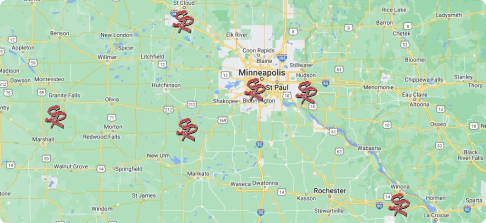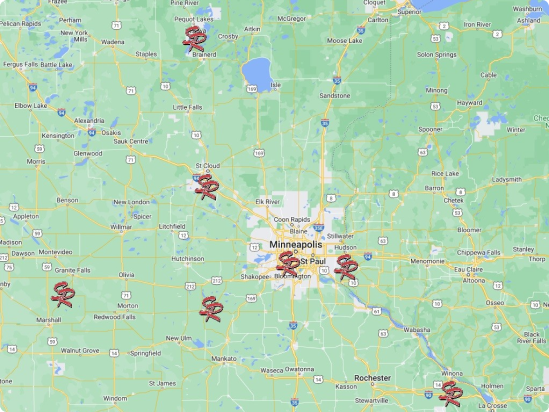Did you know that cold weather could be the culprit behind why your home’s siding is looking worse for wear? Unfortunately, homeowners in parts of the country that experience chilly temperatures often need to think about siding replacement sooner than expected. You don’t have to get caught by surprise the next time the temperature dips. The very air temperature can be damaging to your siding, especially when it dips below freezing How? These are the four ways that the winter weather and climate can ruin your siding.
- Low Temperatures Can Make Siding Brittle
A cold snap could be enough for your siding to essentially snap in half! Have you noticed that your siding is cracking? This could be a sign that your vinyl siding is sensitive to wild weather fluctuations. While vinyl is one of the most durable forms of plastic, it’s not impervious to the damaging effects of freezing temperatures. Freezing temperatures can turn the siding stiff enough to break. When cold weather turns vinyl brittle, it’s very common to begin noticing cracks.
- Wind Damage Can Pull Siding Away from Your Home
You may already know that the sound of the howling wind is a sign to check your roof to make sure you aren’t missing any shingles. However, many homeowners are unaware of the fact that wind can also cause siding panels to become loose. Due to vinyl’s lightweight nature, it’s quite common for panels to be pulled off by strong gusts of wind. Loose or missing panels can leave exposed areas vulnerable to water damage.
It’s also possible for whirling debris or falling branches to pull siding away from the home. In addition to allowing moisture to get into your home’s framing, these breaches also invite critters to burrow their way into your home to create nests. A homeowner may not realize that their siding has been compromised until they are menaced by rodent or bug infestations in the spring.
- Water Intrusion Can Cause Rot and Mold
This is one of the most damaging problems a homeowner can experience with their siding! During the winter, your home is assaulted by thick ice, snow, wind, and cold temperatures that can destroy the seals that were created between the siding and exterior walls to protect your home’s frame. When this happens, moisture begins to sneak its way into your home’s frame to cause water damage, rot, and dangerous mold. In addition to requiring siding replacement, this problem often needs some sort of mold remediation or water damage repair when seepage isn’t detected right away.
- Constant Freezing and Melting Can Crack Siding
Damage from the freeze-thaw cycle happens cumulatively over several years. It is commonly seen in parts of the country that experience dramatic fluctuations in temperature from day to day during what are traditionally the cooler parts of the year. Over time, weakening created by the freeze-thaw cycle causes the siding to crack or break down.
What exactly is the freeze-thaw cycle? As it freezes, water expands. This expansion puts pressure on siding materials that are saturated in water and eventually freeze over. As the temperature rises and falls during a short period, the water continually expands and contracts as it melts and refreezes. The siding will eventually crack into small fragments that can only be remedied by a full siding replacement.


